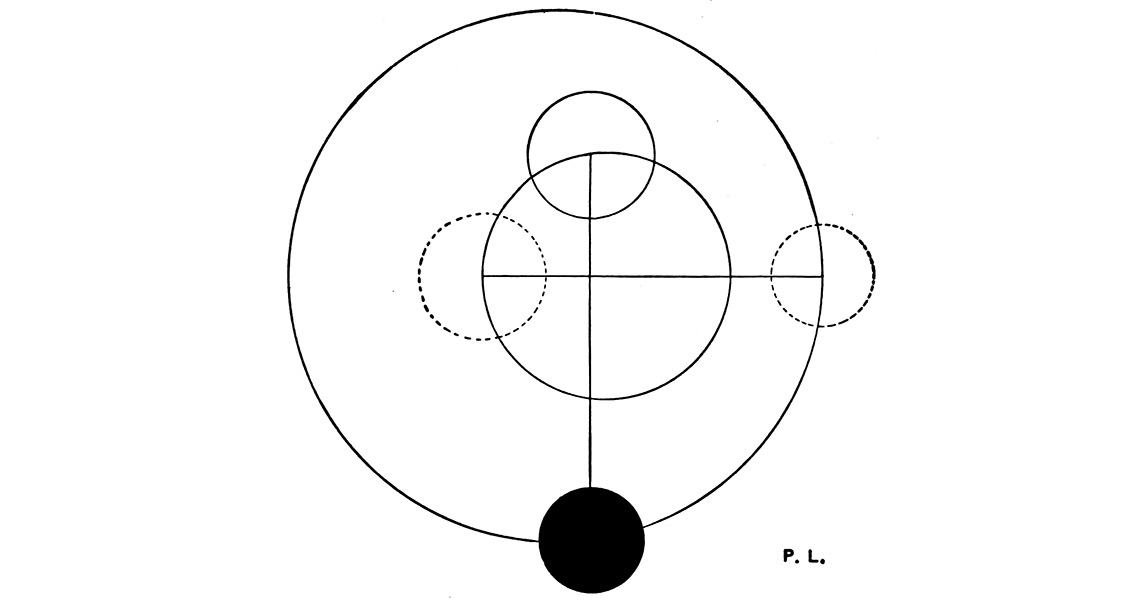<![CDATA[New evidence suggests the Egyptians were the first to discover and document Algol, which astrologists have nicknamed the Demon Star – some 3,000 years before modern astrologers found it. The Demon Star is actually a pair of stars which orbit and eclipse one another. They reside in the constellation of Perseus approximately 93 light years away from Earth. The name Algol is referred to in several cultures, and is commonly translated as 'Devils Head', leading to the nickname. The manner in which the stars move around each other causes variations in dimming and brightness which occur with clockwork precision. The variations in the brightness are so pronounced they’re visible to the naked eye, which suggests the ancient Egyptians may have used the Demon Star to standardize their Egyptian Cairo Calendar (CC). The new research explains how the Demon Star could have been used by the Egyptians for this very reason, to track the days in the CC calendar, proving the ancient Egyptians were the first people to definitively describe this mysterious star. According to Dr. Lauri Jetsu, from the University of Helsinki in Finland, who led the research, the moon and Algol had many different religious meanings to the Egyptians, however, the role of the Demon Star in the Egyptian Cairo Calendar is something entirely new. Dating to between 1244 BCE and 1163 BCE, the Cairo 86637 calendar (discovered on a papyrus) is the oldest unspoiled historical document containing naked-eye observations of the Demon Star, according to the study. Similar to other ancient Egyptian calendars, the CC aimed to predict which days were "lucky" and which ones were "unlucky". After analyzing the text researchers concluded the calendar's lucky days, which covered a 2.85-day period, consistently correlated with the length of the Demon Star's cycle from bright-to-dim during the same time period. Researchers also discovered correlations between the cycle of Earth’s moon and the pattern of days on the calendar. All of these findings, plus the fact that the Demon Star offers the easiest way to discern periodic ability with the naked eye, suggests that ancient Egyptians not only observed the star and the regularity of its dimming pattern but also the changes in their own constellations. It’s likely that the Demon Star was one of only two or three stars, if not the only star, monitored by the ancient Egyptians specifically for its brightness variability, according to a Ph.D. student from the University of Helsinki, Sebastian Porceddu, who was involved in the research. Brightness variability was considered threatening and strange behavior for a star, which the Egyptians considered divine beings. Before researchers discovered the reference to the Demon Star’s period of dimness in the Cairo Calendar, they weren’t even aware the ancient Egyptians had believed it held a mystical quality. It was formerly believed that Geminiano Montanari, an Italian astronomer, had discovered Algol sometime in the late 1660s. Now researchers have concluded the Demon Star had been found much earlier. The research was recently published in the journal PLOS ONE. ]]>
Demon Star Influenced Egyptian Calendars
